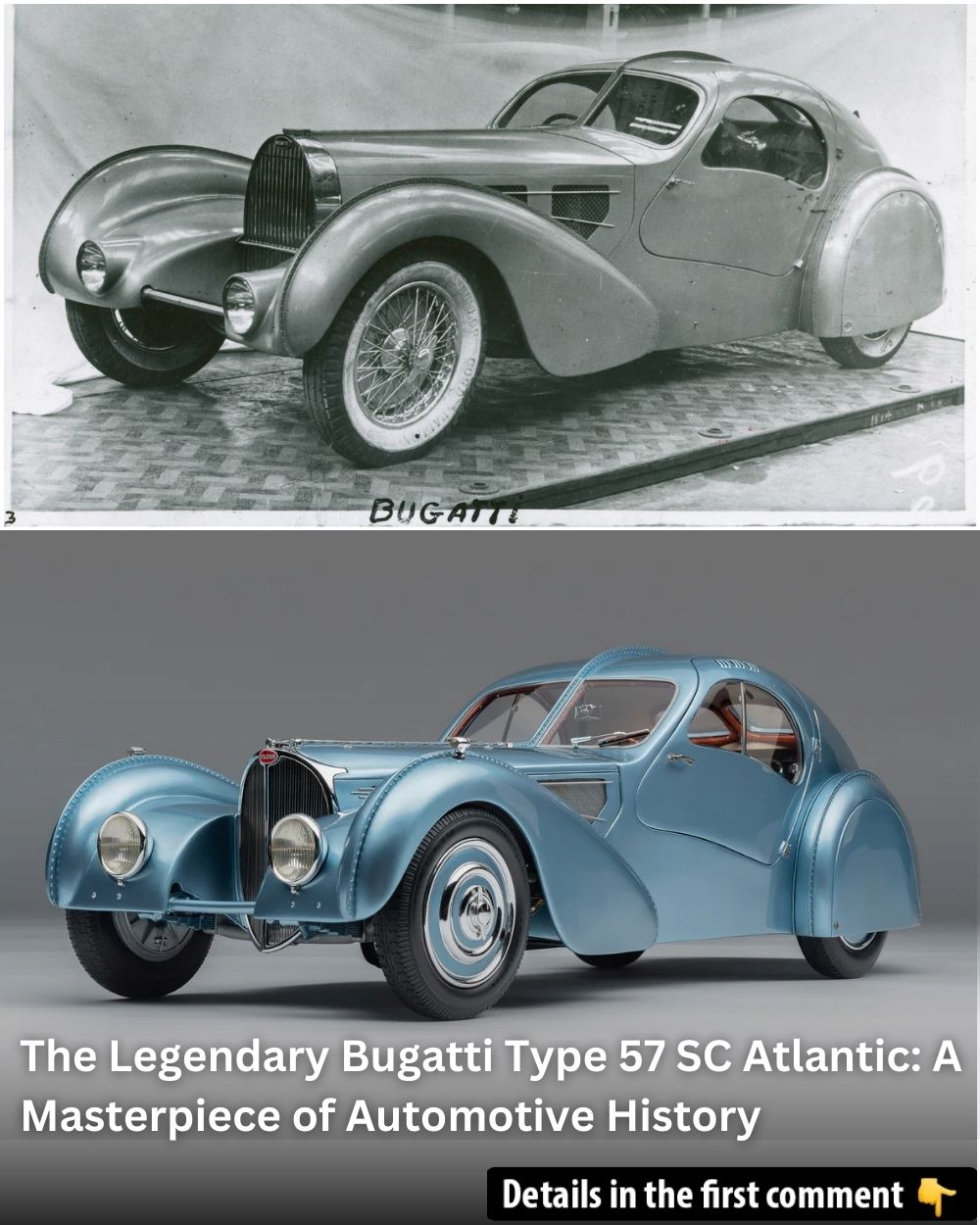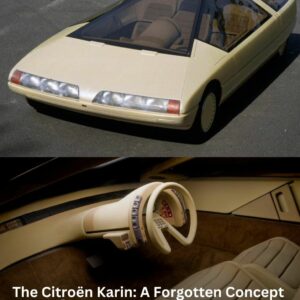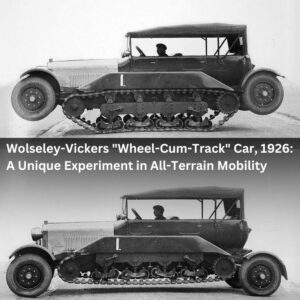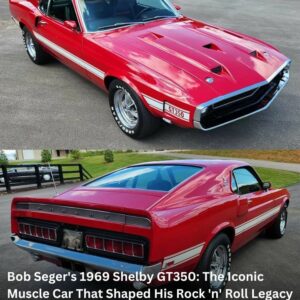The Bugatti Type 57 SC Atlantic stands as one of the most revered and iconic cars in automotive history. Born from a period of innovation and luxury, this model continues to captivate enthusiasts and collectors with its striking design, unique features, and the captivating story behind its creation. With only four ever made, the Atlantic’s rarity, combined with its exceptional design and historical significance, make it one of the most valuable and mysterious cars in the world.
Introduction to the Bugatti Type 57 SC Atlantic
The Type 57 SC Atlantic is not just a car; it is a symbol of elegance, luxury, and advanced engineering. Bugatti has long been synonymous with high-performance vehicles, but the Atlantic stands out as the ultimate embodiment of style, combining sportiness, rarity, and sophistication. Created between 1936 and 1938, only four Type 57 SC Atlantics were produced, with just three surviving to this day, making it one of the rarest and most valuable automobiles in the world. Its extraordinary history and design elements have elevated it to iconic status, not only among Bugatti’s impressive lineup but also in the history of automotive excellence.
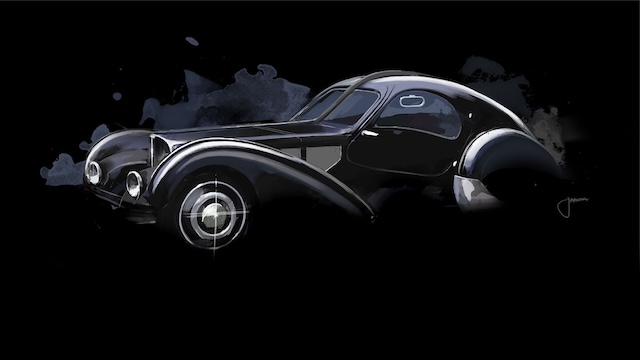
The Evolution and Milestones Behind the Type 57 SC Atlantic
The Bugatti Type 57 was developed under the direction of Jean Bugatti, the son of the brand’s founder, Ettore Bugatti. In the early 1930s, Jean set out to modernize the company’s lineup, aiming to create a versatile base model from which several variants could be derived. The Type 57 was introduced as a luxury grand tourer, capable of both racing and everyday use, with different body styles such as the Galibier (four-door saloon), Stelvio (convertible), Ventoux (two-door saloon), and Atalante (coupe).
However, the Type 57 SC Atlantic was far from just another variant. Its design and build were far ahead of its time, making it a timeless classic. Only four units were produced, with each one meticulously handcrafted, making it an extraordinary feat of engineering and design. The production of the Atlantic was halted during World War II, and by the time production ceased in 1940, around 800 Type 57 models had been produced in total.
Watch the first part of the evolution of Bugatti, diving into the history of a true legend!
The Design and Features of the Type 57 SC Atlantic
The Bugatti Type 57 SC Atlantic is famous for its breathtakingly elegant design. The car’s bodywork stands as a testament to Jean Bugatti’s exceptional design vision. The Atlantic featured a long, sweeping bonnet that appeared almost futuristic for its time. The rear end of the car flowed downwards in an oval shape that was almost grounded, with six distinct tailpipes completing the sleek rear view. A key design element was the raised dorsal seam, a vertical line that runs from the bonnet’s hinge to the tail, dividing the car’s body in two. This seam became one of the defining features of the Type 57 SC Atlantic and set it apart from other luxury cars of its era.
Originally, the body of the Atlantic was constructed from an innovative material known as Elektron, a lightweight alloy composed of 90% magnesium and 10% aluminum. Due to the highly flammable nature of magnesium, the panels couldn’t be welded, so Jean Bugatti riveted the metal sheets together, creating the distinctive riveted seam. For the production models, Bugatti used aluminum, but retained the rivets to preserve the original aesthetic. The result was a sleek and futuristic look that continues to awe automotive enthusiasts today.
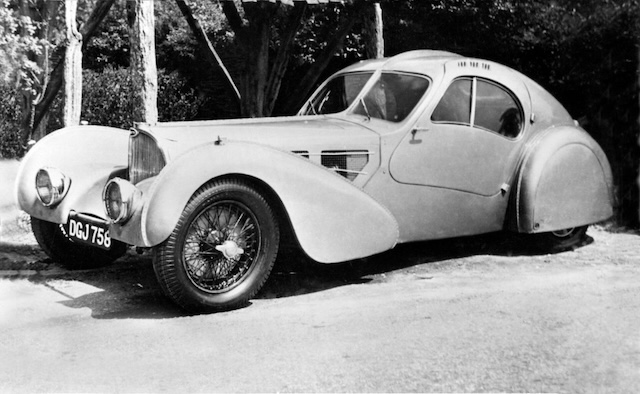
Technical Specifications and Performance
Despite its luxurious appearance, the Bugatti Type 57 SC Atlantic was not just a pretty face—it was a high-performance sports car. Powered by a 3.3-liter straight-eight engine, the Atlantic was capable of producing up to 200 horsepower, allowing it to reach speeds of over 200 km/h (124 mph)—remarkable at a time when horse-drawn carts were still common on the roads. The car’s performance was a testament to the forward-thinking engineering that went into its creation. Even today, the Atlantic’s design and technical specifications are regarded as revolutionary for its time.
The Iconic Versions of the Type 57 SC Atlantic
The Rothschild Atlantic
The first Type 57 SC Atlantic was built for British banker Victor Rothschild in 1936. Finished in a striking grey-blue color, this car was delivered without a supercharger, a feature that would later become standard. The Rothschild Atlantic is one of the most famous of the four Atlantics and remains a symbol of luxury and exclusivity.
The Holzschuh Atlantic
The third car built, the Holzschuh Atlantic, was delivered to Jacques Holzschuh of France in October 1936. After being sold to a second owner, the car was tragically destroyed in an accident. Though the remains were restored, the engine could not be saved, leaving the car’s original powertrain lost to history.
The Pope Atlantic
The fourth and final Atlantic, known as the “Pope Atlantic,” was completed in 1938 for British businessman R.B. Pope. Today, this car is owned by fashion designer Ralph Lauren, who has taken steps to preserve its legacy as one of the greatest cars ever built.
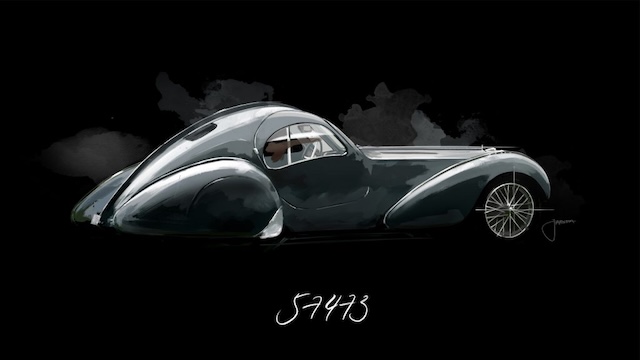
Video
Watch Ralph Lauren’s $40 million Bugatti Type 57 SC Atlantic start up and drive in this thrilling video!
The Mystery of the Vanished Second Atlantic
Perhaps the most captivating aspect of the Bugatti Type 57 SC Atlantic is the disappearance of the second car, chassis number 57 453, known as “La Voiture Noire” (The Black Car). This car was originally kept by Jean Bugatti himself, and it became a showcase for his vision of automotive design. It was displayed in brochures and at motor shows throughout the late 1930s, but by the time the war came in 1938, it simply vanished. Some believe that Jean Bugatti sold it to a racing driver or moved it to a safer location when the German army invaded Alsace. To this day, the whereabouts of La Voiture Noire remain unknown, and its disappearance is one of the greatest mysteries in automotive history. Experts speculate that if it ever reappears, its value could exceed 100 million euros.
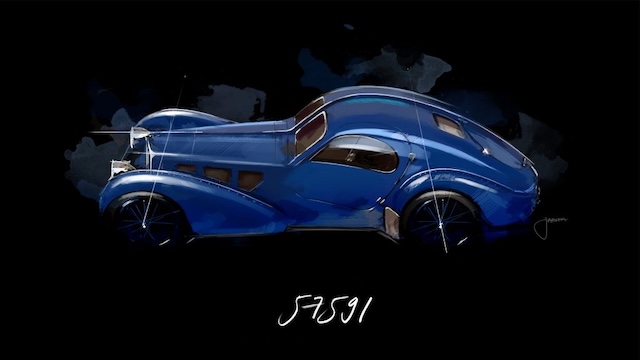
The Type 57 SC Atlantic’s Enduring Legacy
The Bugatti Type 57 SC Atlantic has become an enduring symbol of automotive excellence. Over the years, the surviving Atlantics have won numerous awards at prestigious events, such as the Pebble Beach Concours d’Elegance in California. Their unique design and historical significance continue to captivate automotive aficionados worldwide. The riveted aluminum seam, the striking proportions, and the overall elegance of the vehicle ensure that it remains one of the most celebrated designs in automotive history.
Bugatti’s Vision for the Future
As Bugatti prepares for the future, the Type 57 SC Atlantic serves as both inspiration and commitment to the brand’s enduring legacy of performance and luxury. Bugatti’s modern-day hypercars, like the Chiron and the Divo, continue to embody the spirit of innovation and elegance that was first demonstrated in the Atlantic. As we await new developments from the brand, it’s clear that the Type 57 SC Atlantic will always remain one of the most iconic and influential cars ever built.
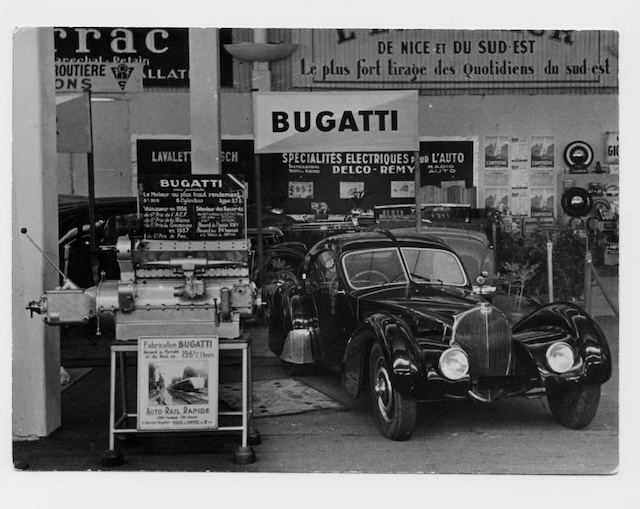
In conclusion, the Bugatti Type 57 SC Atlantic is not just a car; it is a living piece of automotive history. Its stunning design, unmatched craftsmanship, and the mystery surrounding its creation and disappearance have cemented its place as one of the most legendary vehicles of all time. Whether you are an automotive enthusiast or simply someone who appreciates beauty and craftsmanship, the Type 57 SC Atlantic is a car that continues to inspire awe and admiration to this day.
